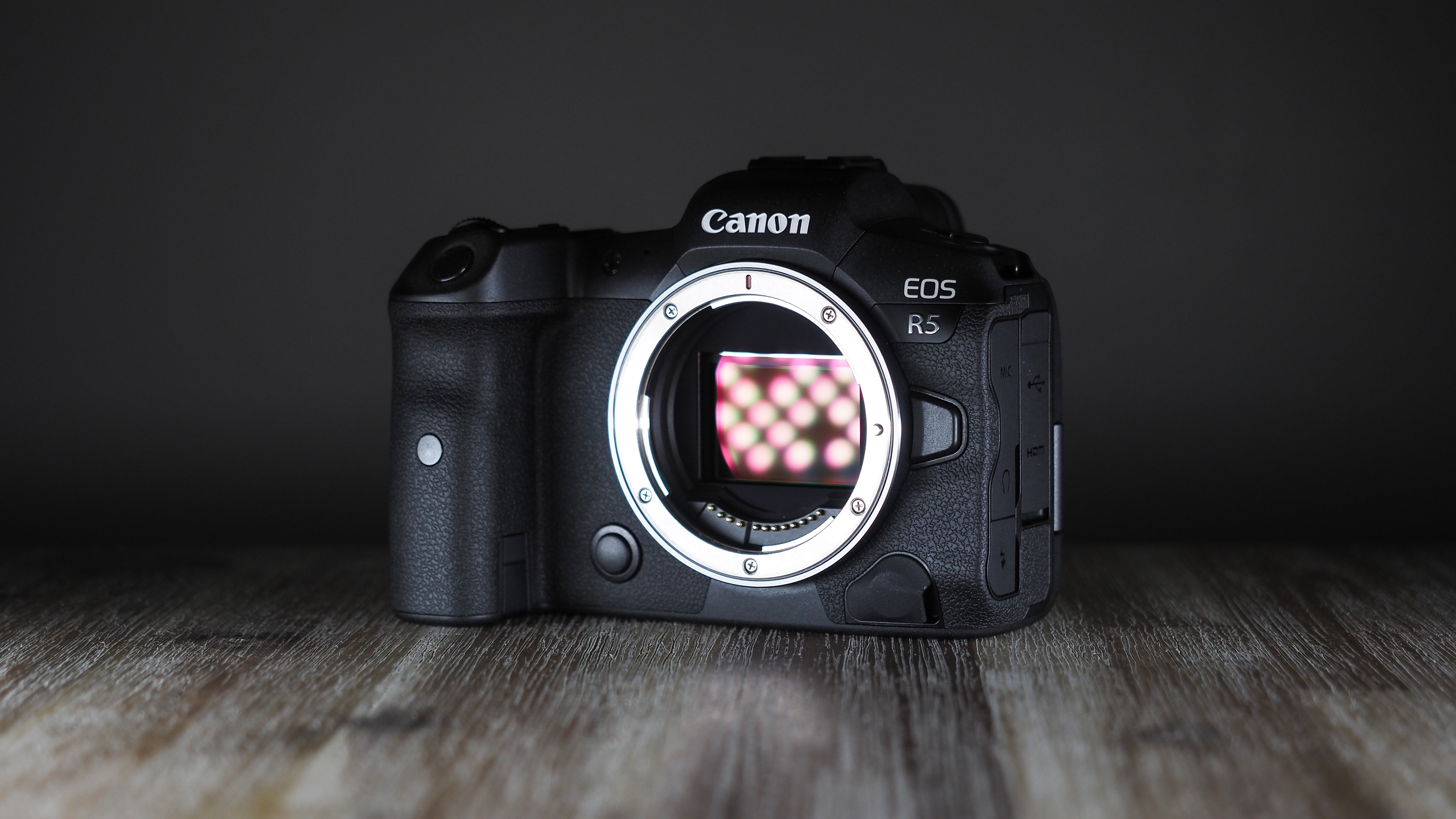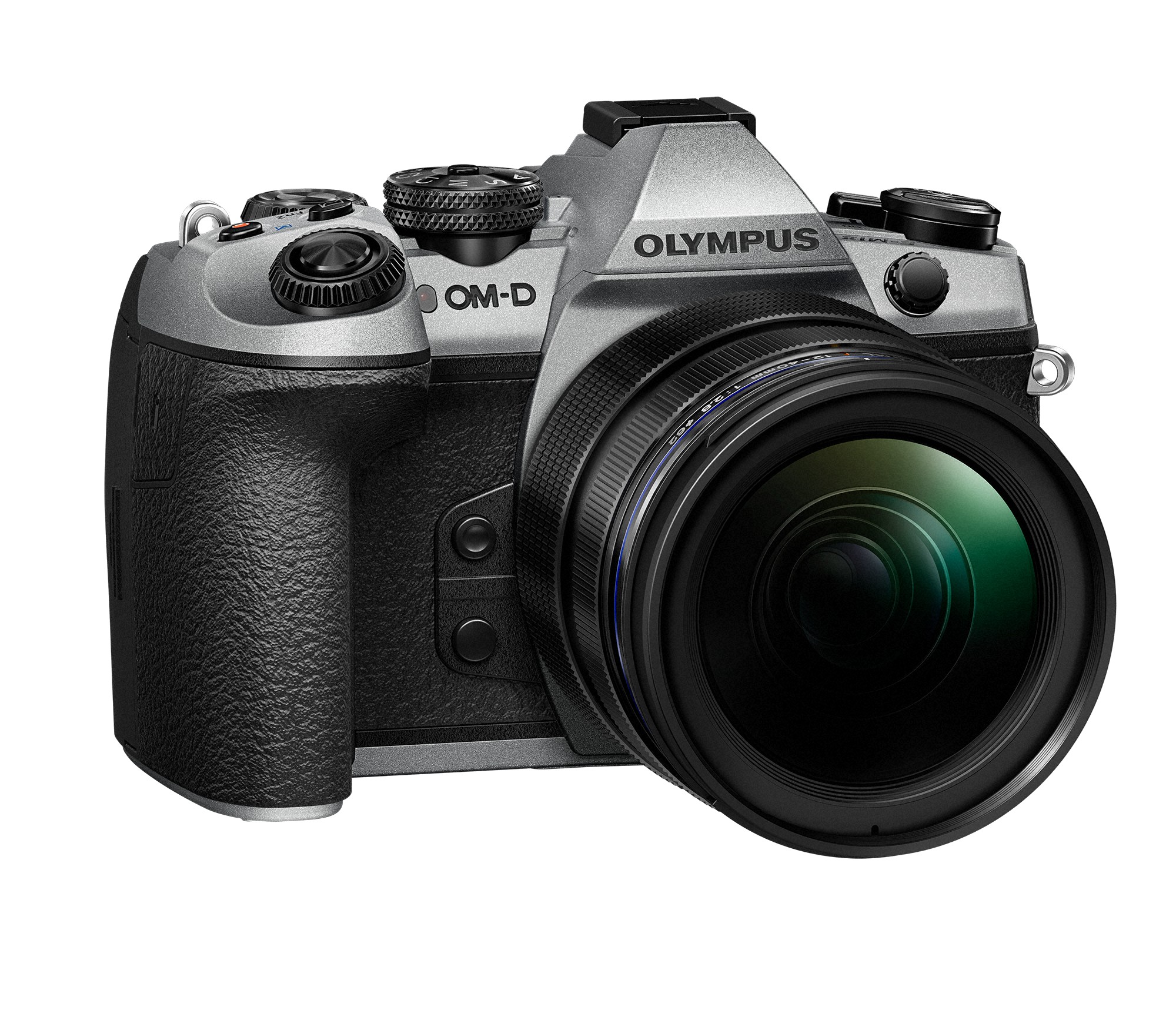180MP images: is pixel shift coming to the Canon EOS R5?
Rumored firmware update could bring 180MP images to the Canon EOS R5 via pixel shift technology

Could 180MP imaging be heading to the Canon EOS R5? Yes it could, according to a new report.
Firmware updates are usually not a very exciting thing to write about, often just consisting of small updates to support new lens profiles or fix bugs. However, there might just be a big update coming for Canon EOS R5 owners: if rumors are to be believed, then we might see the arrival of pixel shift technology for the first time in a Canon camera.
• These are the highest resolution cameras on the market right now
Pixel shift technology has been around for 10 years, pioneered by the Olympus OM-D E-M1 Mark II back in 2013. Using a camera's in-body image stabilization system, it 'shifts' the sensor over by one pixel in a series of successive images to capture better color clarity with less noise and moiré.
Sub-pixel shifting can also be used to make images larger than the maximum pixel density of a sensor, typically generating images with four times the native resolution. For example, the 100MP medium format sensor in the Fujifilm GFX 100S can create 400MP images using pixel shift.
The EOS R5 has a 45MP sensor, so under the usual rules of pixel shift this would result in 180MP images. Canon and Nikon are so far the only major manufacturers that do not yet offer any sort of pixel shift option in their cameras.
The best camera deals, reviews, product advice, and unmissable photography news, direct to your inbox!
Whether pixel shift is really necessary in every camera is still a big question. The megapixel count in the R5 is already more than most users will need for the majority of applications.
Pixel shift has two major downsides: firstly it cannot be used on any moving subject without some blur and, secondly, the file sizes are huge and require serious processing power. Pixel shift only really becomes useful if shooting still life, product, or macro photography that will be blown up to very large sizes.
With the R5 having the largest megapixel count in Canon's mirrorless range (eclipsed only by the 50MP Canon EOS 5DS DSLRs), and with a focus on high-end studio work, it is the ideal candidate to receive the update first. Although, we should expect this to come to the R3, and eventually the R6 Mark II.
Fujifilm, Olympus, and Panasonic offer pixel shift as a feature in many of their enthusiast-level cameras, so Canon should feel pressured not to limit this feature to its premium cameras.
We currently don't have a date for this new firmware update, but it is rumored to be coming soon instead of an upgraded Canon EOS R5 Mark II.
For more on the latest from Canon, you can check out our Canon rumors hub. If you haven't already, take a look at our full Canon EOS R5 review. You can also find out more in our guides to the best Canon cameras and the best Canon lenses.

Gareth is a photographer based in London, working as a freelance photographer and videographer for the past several years, having the privilege to shoot for some household names. With work focusing on fashion, portrait and lifestyle content creation, he has developed a range of skills covering everything from editorial shoots to social media videos. Outside of work, he has a personal passion for travel and nature photography, with a devotion to sustainability and environmental causes.

